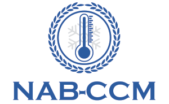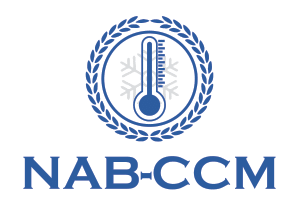Access to effective cold chain infrastructure is a cornerstone of modern healthcare, agriculture and food security. Yet, for many rural and remote regions across the globe, this remains a major challenge. These areas often lack consistent electricity, making the storage and transportation of temperature-sensitive products – such as vaccines, biologics, fresh produce and dairy – extremely difficult. In such contexts, solar-powered off-grid cold chain systems have emerged as a transformative solution, bridging the gap between innovation and inclusivity.
The Cold Chain Crisis in Remote Areas
The cold chain refers to the temperature-controlled supply chain necessary for preserving the quality and efficacy of perishable items. For pharmaceutical products like insulin, vaccines and mRNA-based therapies, even brief exposure to high temperatures can render them ineffective or unsafe. Similarly, in agriculture, improper cold storage leads to significant post-harvest losses, especially in developing countries.
Traditional cold chain systems rely heavily on electricity-driven refrigeration and refrigerated transport – resources that are often scarce or unreliable in off-grid regions. Diesel generators, used as alternatives, bring along high operational costs, emissions and maintenance challenges.
This is where solar energy steps in – not just as a backup, but as a primary power source for sustainable, reliable cold storage.
How Solar-Powered Cold Chains Work
Solar-powered cold chain systems use photovoltaic panels to harness sunlight and generate electricity. This electricity powers refrigeration units or is stored in batteries or thermal storage units for use during cloudy days or nighttime. Depending on the design, these systems can be:
- Solar Direct-Drive (SDD) refrigerators: Use solar energy directly without the need for batteries.
- Battery-backed solar fridges: Store excess energy in batteries to maintain performance overnight or in low-light conditions.
- Hybrid solar-diesel systems: Combine solar with diesel to ensure reliability where solar alone isn’t enough.
When paired with temperature monitoring sensors and smart logistics, solar-powered systems provide a robust solution for maintaining temperature-sensitive goods across long distances and in challenging environments.
Empowering Healthcare and Agriculture
- Healthcare Impact:
In rural healthcare centers, solar cold chains have revolutionized vaccine storage. The World Health Organization (WHO) and UNICEF have endorsed and deployed thousands of solar direct-drive refrigerators under immunization programs in Africa and Asia. These units ensure that vaccines remain potent, reducing disease outbreaks and saving lives. - Agricultural Upliftment:
Farmers in remote regions often face economic losses due to the spoilage of fruits, vegetables and dairy. Solar-powered cold storage units at the farm gate allow them to preserve produce for longer, reduce dependence on middlemen, and fetch better market prices. This contributes directly to rural incomes and food security. - Empowering Women and Communities:
Many solar cold chain initiatives also empower women entrepreneurs by involving them in the operation, management and maintenance of these systems. In turn, this boosts local economies and builds community resilience.
Sustainability and Climate Action
By replacing diesel-powered refrigeration, solar cold chains significantly cut down on greenhouse gas emissions. They align perfectly with global sustainability goals, offering an eco-friendly path forward for cold chain development. With the increasing push towards green energy and climate resilience, these systems serve the dual purpose of environmental protection and social equity.
Challenges and The Way Forward
Despite their promise, solar-powered cold chain systems face a few challenges:
- Initial capital costs can be high, though falling solar panel prices and international funding are helping.
- Maintenance and technical training are essential to ensure longevity and reliability.
- Scalability and integration with broader cold chain networks need further innovation and policy support.
Public-private partnerships, government subsidies and community ownership models are paving the way for wider adoption.
Conclusion
Solar-powered off-grid cold chain solutions represent more than just a technological innovation – they are a tool for equity, empowerment and sustainability. By enabling rural and remote communities to store life-saving medicines and perishable produce safely, these systems close a critical infrastructure gap and bring the benefits of modern science and clean energy to the world’s most underserved regions.
As the world aims for universal healthcare, food security and climate resilience, solar cold chains will be at the heart of this quiet yet powerful revolution.


